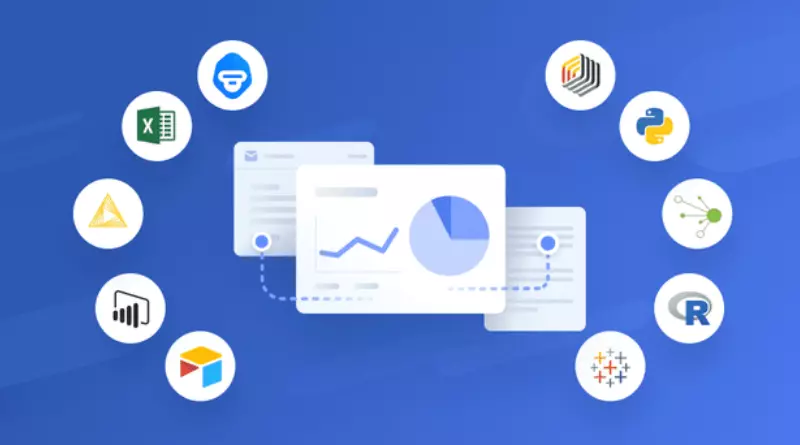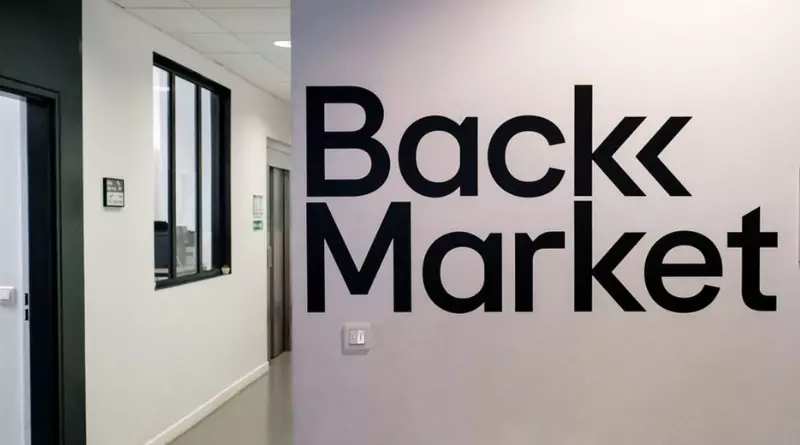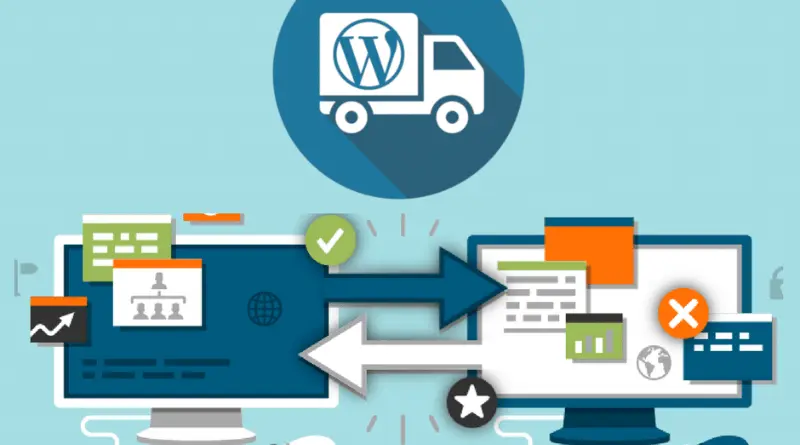Exploring Data Analysis: Techniques, Tools, and Getting Started

Welcome to the world of data analysis, where we uncover insights, patterns, and knowledge hidden within data to make informed decisions and drive progress.
Understanding Data Analysis Techniques
Data analysis involves using various methods to make sense of data. There are many techniques, and we’ll cover some of the common ones:
Exploratory Analysis
Exploratory analysis helps us understand data better. We start by summarizing data, checking for missing parts, and testing our assumptions. We use visuals like scatter plots, histograms, and box plots to do this.
Regression Analysis
Regression analysis helps us see how one thing depends on others. It’s used for predicting and understanding relationships between different factors. Imagine using it to predict future prices based on past data.
If you’re interested in learning more, we offer a course on exploring and visualizing data using Python.
Factor Analysis
Factor analysis helps simplify lots of data. It takes many variables and turns them into a few factors that still tell us a lot. People use this in things like market research and recognizing images.
We offer a course on factor analysis in R. It teaches you how to find hidden traits or qualities, like personality, using factor analysis.
Monte Carlo Simulation
Monte Carlo simulation is a way to make guesses using randomness. It’s handy when making decisions or dealing with uncertainty. Imagine using it to predict different outcomes for something uncertain.
Check out our tutorials on Monte Carlo methods in R and Monte Carlo simulations in Python to learn more.
Cluster Analysis
Cluster analysis groups things that are alike. If you’re sorting data into groups where things in the same group are similar, that’s cluster analysis. It’s used in things like market and image sorting.
Our Cluster Analysis in R course covers various clustering techniques, like grouping hierarchically or using k-means.
Cohort Analysis
Cohort analysis groups data into related sets for analysis. These sets, called cohorts, usually share similar traits within a specific time frame. It’s often used in marketing and customer analysis.
Our Customer Segmentation in Python course explores techniques, including cohort analysis, to better understand and group your customers.
Exploring More Data Analysis Techniques
There are two more important data analysis techniques:
Time Series Analysis
Time series analysis helps us understand data that changes over time. It’s like looking at a sequence of data points and finding important patterns. People use it to predict things like sales, economic trends, and even weather.
If you’re interested in time series analysis using Python, check out our Time Series with Python skill track. It will teach you how to work with time-related data using Python.
Sentiment Analysis
Sentiment analysis is like having a computer understand human feelings and opinions. It’s used for things like tracking what people think on social media, monitoring brands, and understanding customer feedback.
Want to learn how to do sentiment analysis in Python? Our online course can guide you through the entire process.
Exploring Data Analysis Tools
In the world of data analysis, there are various tools available to suit different needs, levels of expertise, and the complexity of the tasks at hand. These tools range from programming languages like Python and R to visualization software such as Power BI and Tableau. Let’s explore some of these tools in simpler terms.
Python
Python is like a versatile Swiss Army knife for data analysts and scientists. It’s a user-friendly programming language known for its simplicity and readability. Python offers a wide range of libraries like pandas (for data manipulation), NumPy (for numerical operations), and Matplotlib (for creating charts and graphs), making it great for data analysis and visualization.
Resources to Start:
•You can begin learning Python through our Python Fundamentals skill track, which covers all the essential skills you need to understand the language.
•If you want to become a data analyst, you can follow our Data Analyst with Python career track.
•For quick reference, check out our Python for beginners cheat sheet.
R
R is a programming language created with a special focus on statistical analysis and data visualization. It’s a favorite among statisticians and data miners. R offers a wide variety of statistical and graphical tools, making it ideal for tasks like creating models, running statistical tests, and analyzing time-series data.
Resources to Start:
•Our R Programming skill track will introduce you to R and help you get started with coding.
•If you’re aiming to become a data analyst, consider our Data Analyst with R career track.
•You can also use our Getting Started with R cheat sheet for an overview of R programming.
SQL
SQL (Structured Query Language) is like the language of databases. It’s used to talk to and manage databases, which store structured data. SQL is crucial for tasks like retrieving specific data from a database, sorting and filtering information, and performing calculations.
Resources to Start:
•To get familiar with SQL, take our SQL Fundamentals skill track, where you’ll learn how to interact with and query data.
•If you want to enhance your SQL skills for business purposes, check out SQL for Business Analysts.
•For quick SQL reference, our SQL Basics cheat sheet covers essential functions for data querying and manipulation.
Power BI
Power BI is a tool by Microsoft that’s all about turning raw data into clear and easy-to-understand insights. It helps you create interactive visualizations and reports, making complex data more accessible through dashboards.
Resources to Start:
•Explore Power BI with our Power BI Fundamentals skill track to unlock its business intelligence capabilities.
•If you want to dive deeper, try the Exploratory Data Analysis in Power BI course.
•Our Power BI cheat sheet provides a handy reference for getting started.
Tableau
Tableau is a powerful tool for data visualization in the world of Business Intelligence. It lets you create interactive and shareable dashboards that display data trends, variations, and patterns using charts and graphs.
Resources to Start:
•Start your Tableau journey with the Tableau Fundamentals skill track to learn how to clear, analyze, and visualize data.
•For advanced skills, consider the Analyzing Data in Tableau course.
•The Tableau cheat sheet covers the essentials to help you begin using the tool.
Excel
Microsoft Excel is one of the most commonly employed software applications for performing data analysis. It’s a spreadsheet program with a wide range of features for data manipulation, statistical analysis, and visualization. It’s suitable for both simple and complex data analysis tasks.
Resources to Start:
•Build your Excel skills with our Data Analysis in Excel course.
•For general spreadsheet skills, check out Marketing Analytics in Spreadsheets.
•The Excel Basics cheat sheet covers essential formulas and operations to help you get started.
These tools cater to different aspects of data analysis, and you can choose the one that best fits your needs and preferences to unlock the power of data.
Getting Started with Data Analysis: A Step-by-Step Guide
Starting your journey into data analysis might feel overwhelming, but with the right approach and resources, you can develop the skills you need. Here’s a step-by-step guide with a focus on resources available at DataCamp:
1.Understand the Basics
Before diving into data analysis, it’s crucial to grasp the fundamentals. This means getting familiar with concepts like statistics, data types, and data structures. DataCamp offers beginner courses like Introduction to Data Science in Python or Introduction to Data Science in R to help you start.
2.Learn a Programming
Language Data analysis requires a programming language. Python and R are popular choices due to their versatility and data analysis libraries. DataCamp provides comprehensive learning paths for both Python and R.
3.Master Data Manipulation and Visualization
Data manipulation and visualization are essential skills. They enable you to clean, transform, and present data in a way that’s easy to understand. You can develop these skills with courses like Data Manipulation with pandas and Data Visualization with ggplot2.
4.Explore Specific Techniques
Once you’ve got the basics down, you can explore specialized techniques like regression analysis, time series analysis, or machine learning. DataCamp offers a wide range of courses to help you specialize based on your interests and career goals.
5.Practice, Practice, Practice
The key to becoming proficient in data analysis is practice. DataCamp’s practice mode and projects provide hands-on experience with real-world data, helping you reinforce your learning and apply your skills. There are various data analytics projects available for all skill levels to inspire your practice.
Remember, It’s a Journey Learning data analysis takes time. It’s perfectly fine to start small and gradually build your skills. With patience, persistence, and the right resources, you’ll make steady progress toward becoming a skilled data analyst.
Final Thoughts In today’s digital world, data analysis is a valuable skill no matter your field. Being able to make sense of data, extract insights, and use those insights for decision-making can give you a significant advantage.
Data analysis isn’t just about numbers; it’s about asking the right questions, exploring patterns, and using data to tell a story that can drive innovation and success.
So, apply your data analysis skills in your respective fields. Use data to uncover insights, make informed decisions, and achieve your goals. The world of data is waiting for you to explore and make a difference.




